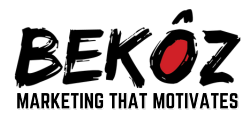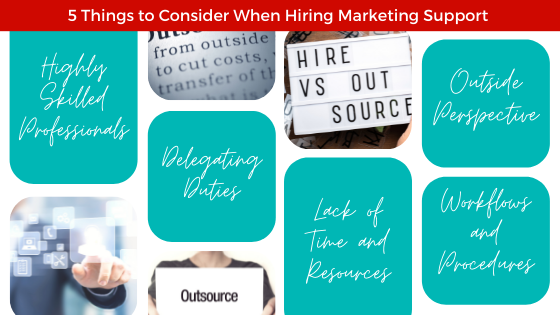Storytelling: A Powerful Marketing Tool to Help Inspire Action
In the dynamic world of marketing, where trends evolve quickly, one element remains timeless and irreplaceable – storytelling. At Bekoz Marketing, we understand the impact a well-crafted story can have on your business. Consider our story as an example - it reminds us about the power of partner...
Read More





